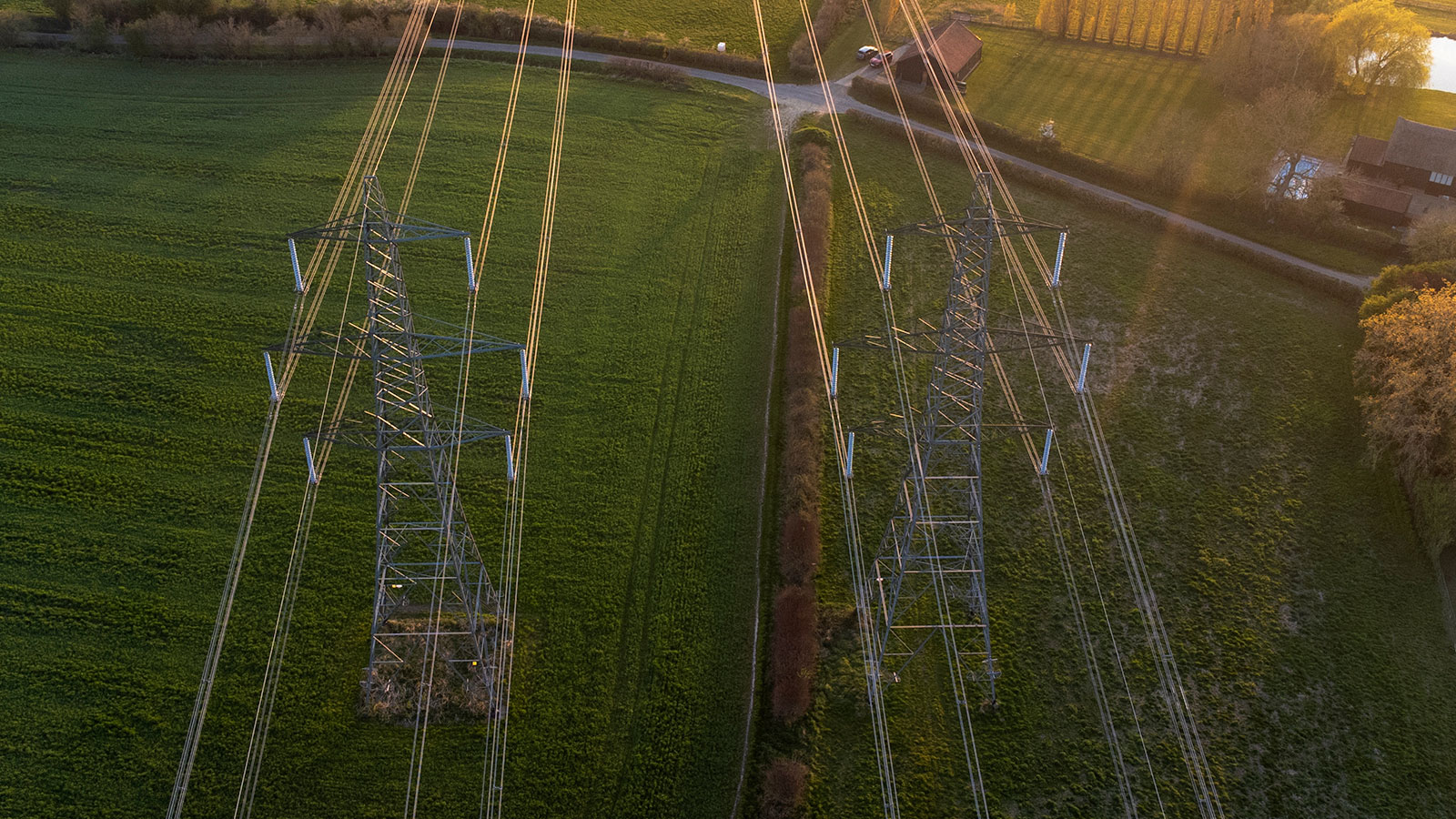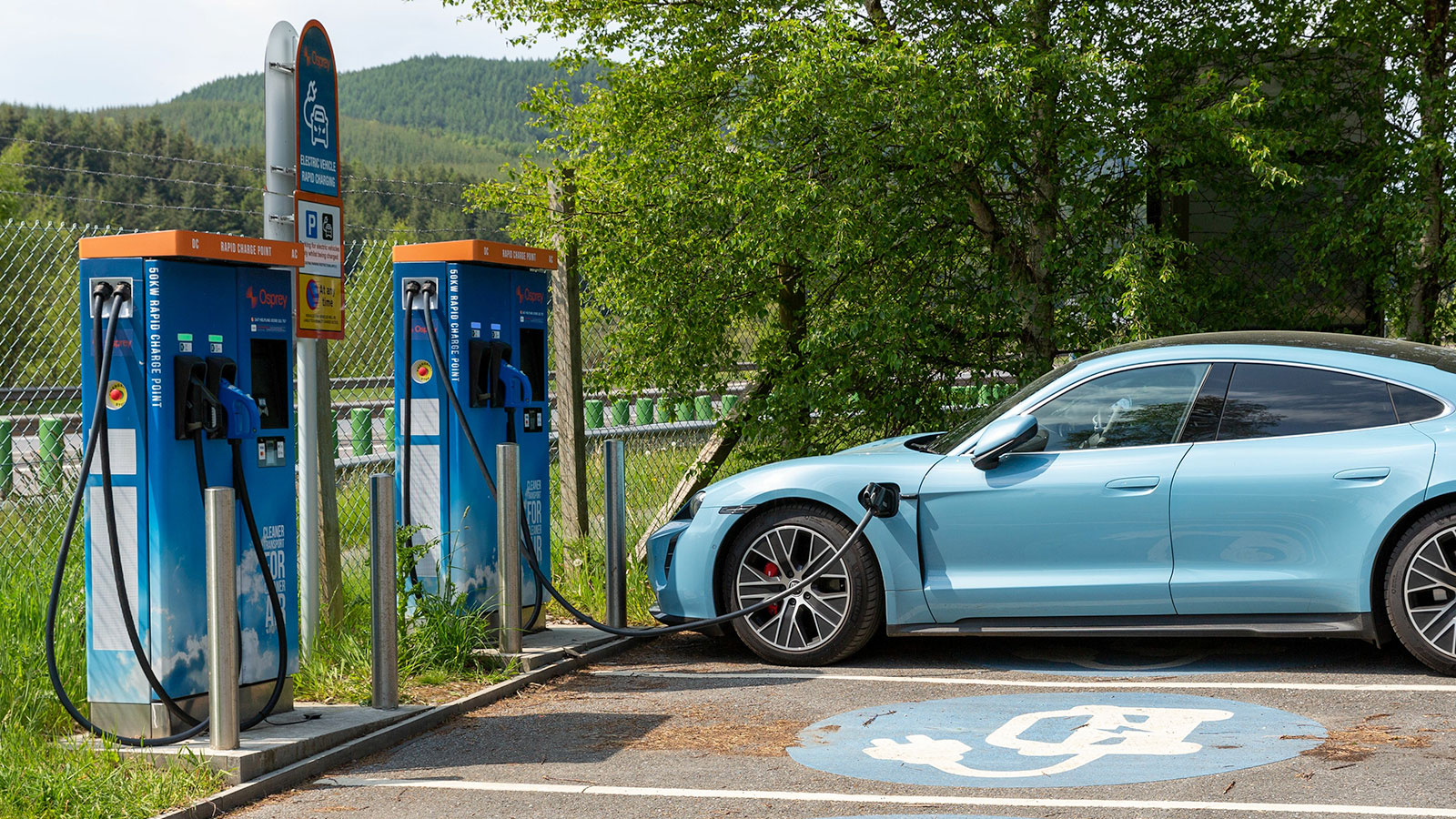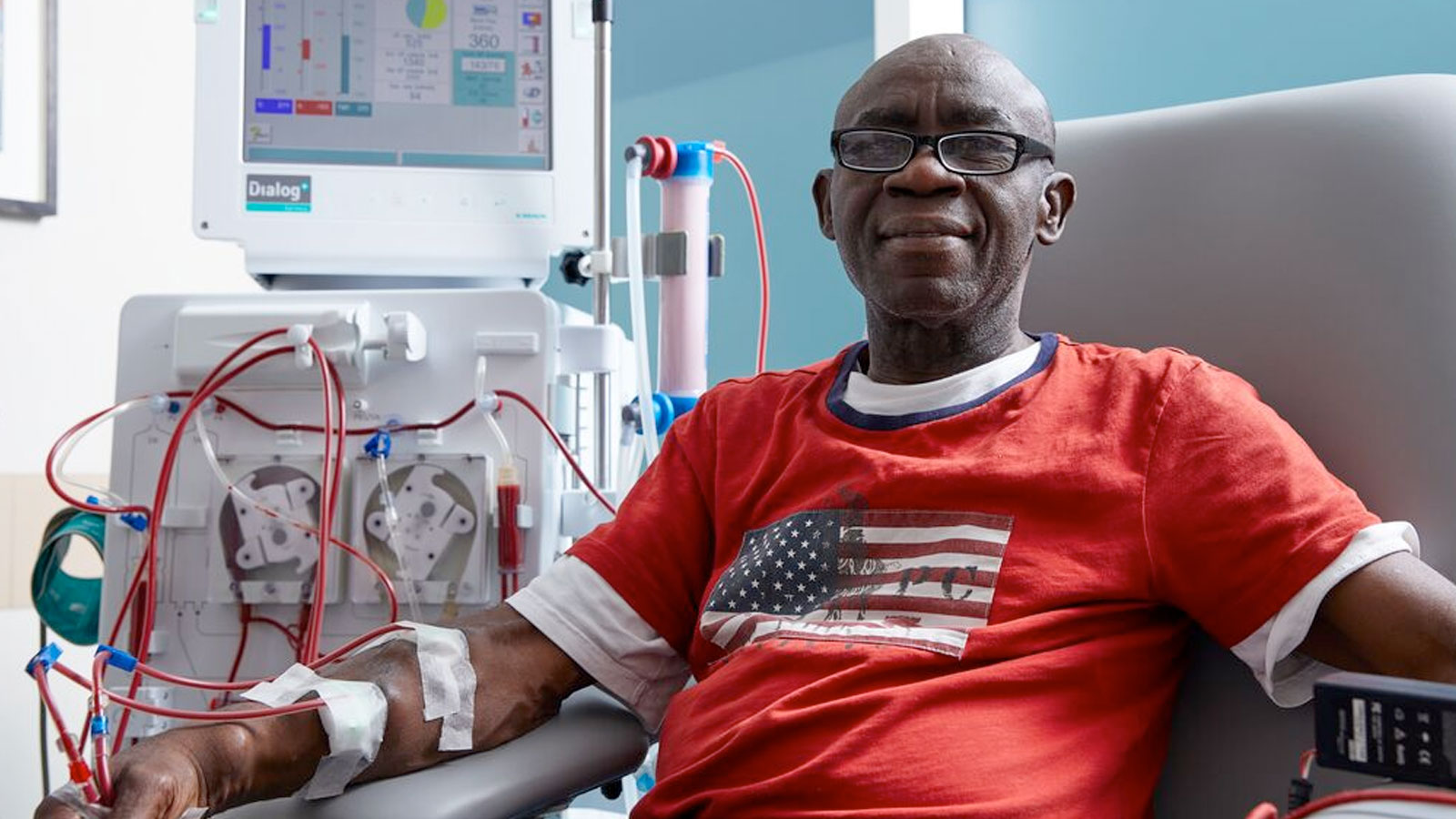Schneider Electric has announced plans to drastically step up its commitment to carbon neutrality at Climate Week NYC 2019.
The company has outlined three new points of action: one – accelerating its 2030 goal of achieving carbon neutrality in its extended ecosystem by 2025, bringing forward its objective by five years; two – achieving net-zero operational emissions by 2030 as part of validated SBT target; and three – engaging with suppliers towards a net-zero supply chain by 2050.
These targets are expected to contribute to the Intergovernmental Panel on Climate Change’s (IPCC) goal of capping global temperature increase at 1.5°C. Schneider Electric is also calling on other companies to reduce emissions, offering support through products and services to help businesses streamline and find efficiencies within their own operations.
“Climate change is the single biggest threat to the health and wellbeing of our society. We must work together to reduce our carbon emissions and halt the rise in temperature,” said Jean-Pascal Tricoire, chairman and CEO at Schneider Electric. “At Schneider Electric, our commitment to carbon neutrality is weaved into our business decisions and governance, but we need to do more and faster. Not only are we stepping up our carbon commitments and moving up our timeline, but also calling on others to take bolder actions to reduce carbon emissions and establish more sustainable business practices that will help set the stage for a post-carbon world.”
In the move towards carbon neutrality, Schneider Electric has established several safety nets to ensure communities are not negatively impacted during the transition. The company’s Access to Energy programme will provide electricity to 80 million by 2030 and train more than one million underprivileged people by 2025.
The company has two impact investing vehicles aimed to support inclusive startups, which activity contributes to SDG7 (clean and affordable energy), through equity investments. The expected outcomes of these vehicles are to increase the number of households and small and medium enterprises connected to the grid in remote areas (Africa, India and South East Asia), and to decrease the number of households facing energy poverty in Europe.
“Access to energy is a basic human right, but it is also crucial that we are mindful of the effects of energy consumption on the environment,” Tricoire added. “We must find ways to bring energy-poor populations access to energy and allow them to develop in a sustainable way.”





